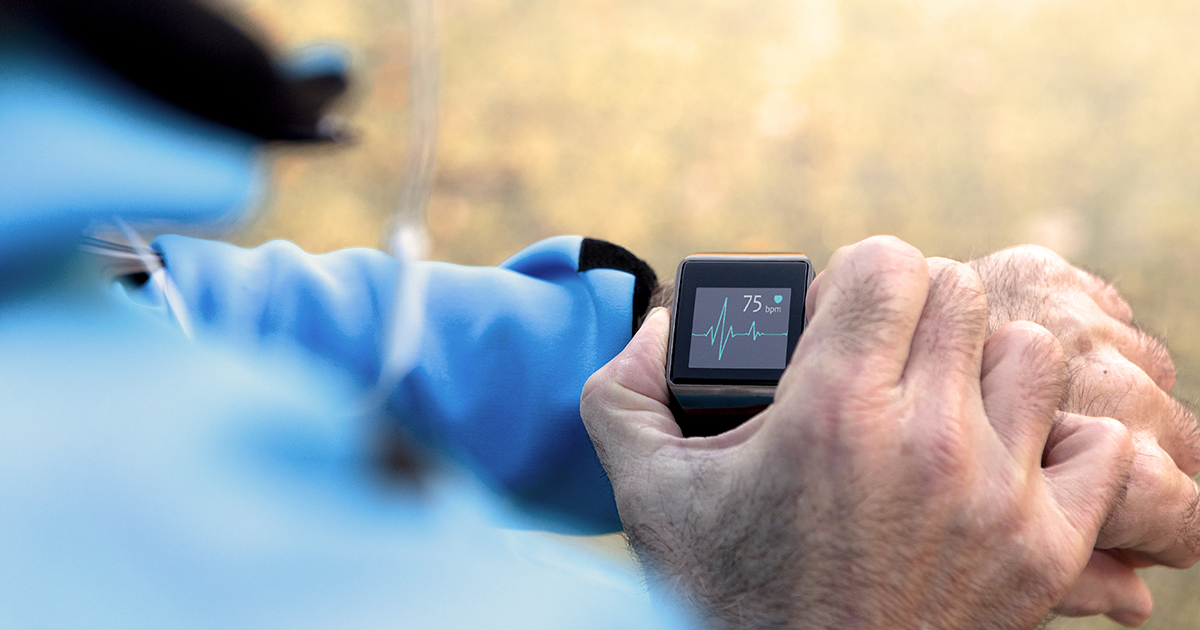How Digitalization is Becoming a Key Trend in the Healthcare Industry
In 2024, digital transformation and the adoption of artificial intelligence (AI) will be the major trends in the global healthcare sector. In addition, AI capabilities will be actively used in both software solutions and various hardware devices.
Among the key trends in healthcare, experts highlight digital transformation, personalized medicine, biotechnology, preventive medicine, and home-based clinics.
By digital transformation, experts mean the adoption of medical information systems (MIS) and the digitalization of medical institutions. As for personalized medicine, this trend is actively developing in most countries of the world, not only in rich countries. And from 2025, we should expect a large-scale introduction of personalized medical assistants.
You can learn more about various software solutions for healthcare on the websites of specialized providers of such services, for example: https://smarttek.solutions/industries/healthcare/
MIS – document automation systems for healthcare institutions – is playing an increasingly important role. It is an integrator of everything in healthcare. While initially it was mainly a story about maintaining patient records, today many MIS integrate various services for patients – applications for chronic diseases, wearable devices, home and mobile diagnostic devices.
Also in 2024, artificial intelligence (AI) will actively penetrate the healthcare sector. When it comes to AI, experts emphasize several trends at once:
- Autonomous AI (processing basic functions without the doctor’s participation)
- Multi-complex AI, which combines several functions in one service, including pathology search, prognosis, and other areas of clinical care.
- Radiology” AI for non-radiologists (assisting clinicians in the absence of radiologists)
- Stable and safe AI (with an emphasis on post-approval monitoring and clinical trials).
Medical devices for self-monitoring
The modern patient has become more vigilant and attentive. When going to the doctor, in addition to subjective health complaints, he can already provide data with indicators of his physiological activity for a certain period of time.

 Portable devices and mobile applications allow a person to monitor pulse, heartbeat, sugar level, weight, etc. This is especially necessary for people in the “risk group”: for example, patients with diabetes, asthma or hypertension.
Portable devices and mobile applications allow a person to monitor pulse, heartbeat, sugar level, weight, etc. This is especially necessary for people in the “risk group”: for example, patients with diabetes, asthma or hypertension.
Self-monitoring is one of the fastest growing trends. Pew Internet Research found that 7 out of 10 U.S. adults track at least one health indicator: 60% monitor weight, diet or exercise, and 33% monitor health symptoms (blood pressure, glucose levels, headaches). COVID-19 has only reinforced this habit – the popularity of wearable medical devices for self-monitoring has grown over the past year amid health concerns.
Analysts predict that by 2026, more than 20% of medical diagnostics volume will include quantified self-monitoring solutions, and the medical self-monitoring device market will reach a significant $265.4 billion.
Comments